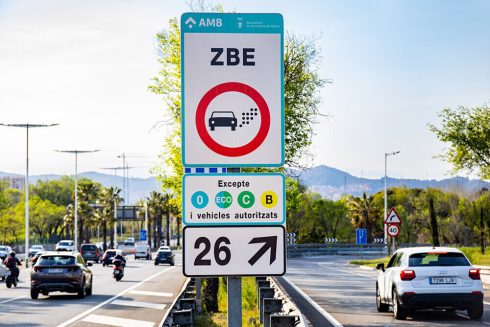OVER half of people in Spain would not pay to take their vehicle into a city centre Low Emission Zone(LBE), according to a survey.
Cities with populations of 50,000 and more have to introduce such zones under the Sustainable Mobility Law which is going through Congress right now.
A study conducted by mobility app Freenow looked at the likely response to such zones from the public.
READ MORE:
- These are the streets in Marbella that will fall under the new Low Emissions Zone – all you need to know about the rules and charges
- Benidorm prepares to test its Low Emissions Zone: These will be the affected areas
- Spain is introducing low emission zones in city centres that will prohibit 75% of vehicles. Does this affect your car?

They are being created by each city council which also has the ability to charge tolls on private vehicles.
The survey found that 51% are not willing pay a charge to use their own car, with the percentage rising to 55% among those under 35 years of age.
In fact, 72% of people would change the way they move around a city, mainly by ceasing to use their private vehicle (20%) or using more public transport (29%) and/or taxis (16%).
Public transport is the main alternative for those who are willing to stop using their private vehicle (80%), followed by taxi (64%) and, as a third option, walking (55%).
On the other hand, a quarter of respondents said that instead of getting around by private car, they would use more multi-mobility options such as bicycles, motorcycles or electric scooters.
However, 62% prefer to rent these multi-mobility options rather than buy them.
Another of the measures proposed by the Sustainable Mobility Law is that companies with more than 500 workers or 250 workers per shift establish a sustainable mobility plan to work.
Among the most demanded measures, are teleworking (52%), collective transport (51%), transport cards (42%) and flexible working hours (40%).
Meanwhile, 17% opt for taxis and 14% for shared means of mobility (bicycles, motorbikes, scooters).
Click here to read more Environment News from The Olive Press.








